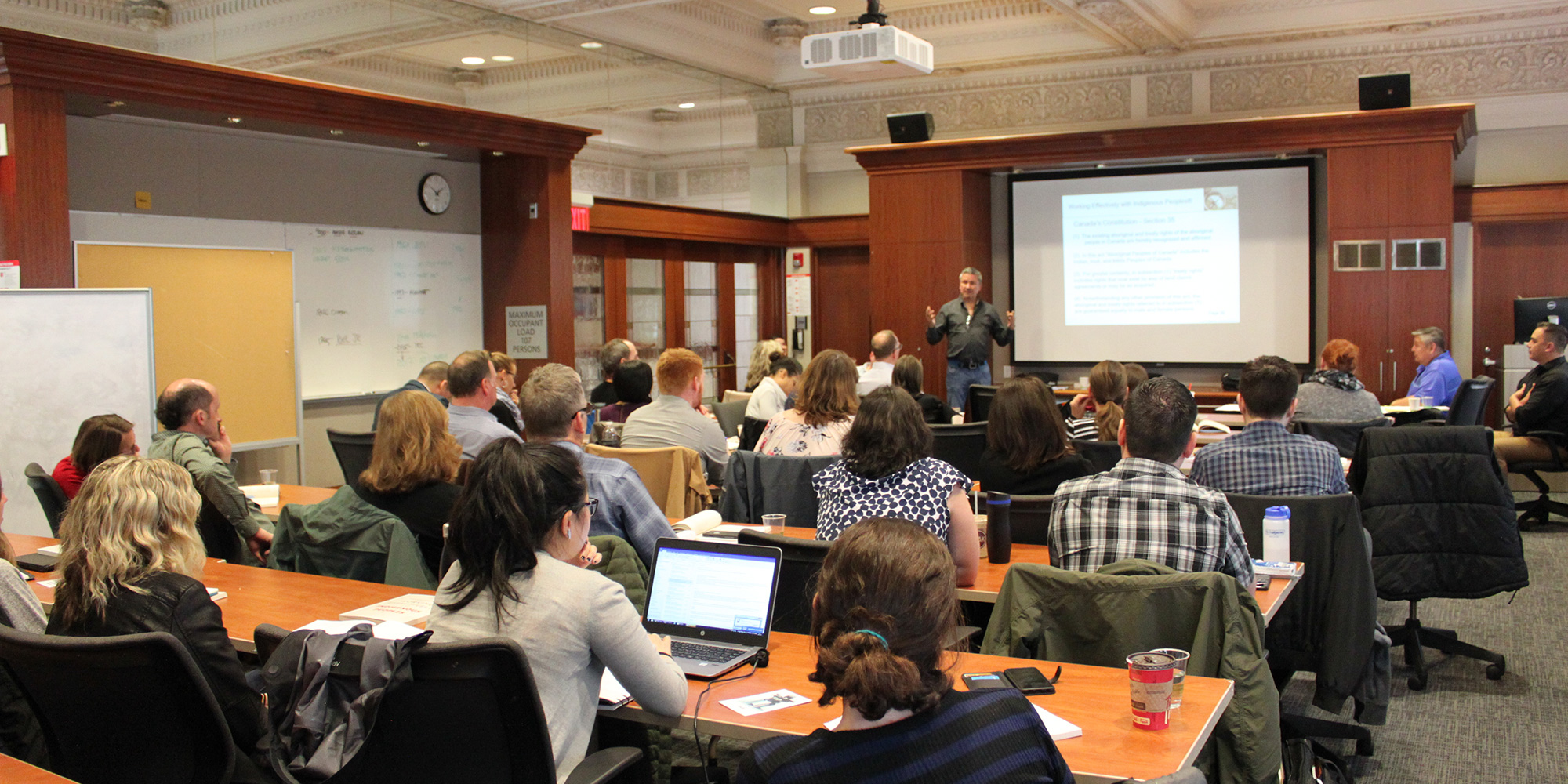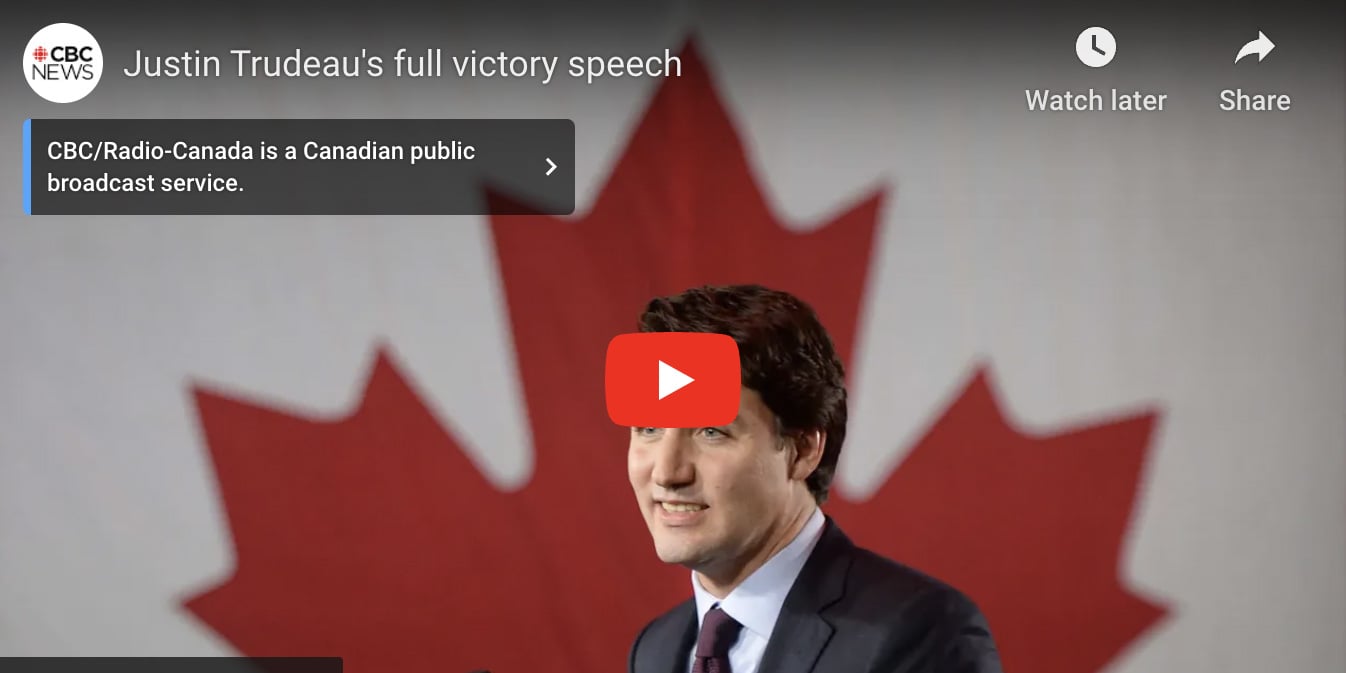Things to Know When Selecting Your Truth and Reconciliation Calls to Action Trainer
It has been over three years (June 2, 2015) now since the Truth and Reconciliation Commission (TRC) of Canada released its summary report and 94...

Strategies for consulting with First Nations are as varied as the histories, cultures, traditions and world views of the over 600 First Nation communities in Canada themselves. There isn't a "one size fits all" template because each community requires different consultation processes, some communities will have their own policies or templates for consultation, and each provincial and territorial jurisdiction has its own regulations. But, there are steps to take before you engage with a First Nation community that are common for all effective consultation processes.
Section 35 of the Canadian Constitution Act 1982 affirmed that Aboriginal rights such as hunting, fishing and trapping, and self-governance, are inherent rights that are rooted in the Aboriginal use and occupancy of traditional territories prior to British sovereignty in Canada. The Constitutional protection of these rights includes Aboriginal title, which is:
- “A right to exclusive use and occupation of lands
- Has an inescapable economic component that requires fair compensation
- Includes a right to choose to what use the land can be put" [1]
The Delgamuuk and Gisdaway judgment provided this comprehensive Supreme Court description of Aboriginal title
Aboriginal title encompasses the right to exclusive use and occupation of the land held pursuant to that title. (at para 117) What aboriginal title confers in the right to the land itself. (at para 138) [A]boriginal title encompasses the right to exclusive use and occupation of land; second, aboriginal title encompasses use and occupation of land; second, aboriginal title encompasses the right to choose to what uses land can be put, subject to the ultimate limit that those uses cannot destroy the ability of the land to sustain future generations of aboriginal people; and third, the lands held pursuant to aboriginal title have an inescapable economic component. (at para. 166, emphasis in original) [2]
The Crown has a legal duty to engage in meaningful consultation whenever it has reason to believe that its policies or actions, directly or indirectly, might infringe upon actual or claimed Aboriginal interests, rights, or title. As the Supreme Court of Canada said in the 2004 Haida ruling:
The nature and scope of the duty of consultation will vary with the circumstances...At all stages, good faith on both sides is required. The common thread on the Crown's part must be "the intention of substantially addressing [Aboriginal] concerns" as they are raised through a meaningful process of consultation...Meaningful consultation may oblige the Crown to make changes to its proposed action based on information obtained through consultations...The fact that third parties [industry] are under no duty to consult or accommodate Aboriginal concerns does not mean that they can never be liable to Aboriginal Peoples. If they act negligently in circumstances where they owe Aboriginal Peoples a duty of care, or if they breach contracts with Aboriginal Peoples or deal with them dishonestly, they may be held legally liable. But they cannot be held liable for failing to discharge the Crown's duty to consult. [3]
Indigenous Peoples are recognized by international law and institutions as distinct, self-determining peoples with inherent collective rights. They claim special rights, which include the right to free, prior and informed consent (FPIC) and the right of self-determination. These rights and principles are reflected in international human rights law. In Canada, you will find some First Nations who are insistent on using Free Prior and Informed Consent as the standard for consultation. Note that the Federal Government will have issues with this.
Identify which First Nations have claims to the land you are interested in working on. Develop a comprehensive understanding of the communities that includes:
By the way, did you know there was a difference between consultation and engagement? Here's a short article that explains the difference: Indigenous Consultation and Engagement
Such a protocol could include, but not be limited to:
Consistent, transparent, ongoing communications during the consultation process are a necessity. Identify the spokespeople for the company – they and only they should be involved in communicating news to the community. It is advisable to limit the number of people who are speaking for the company. Also, if there is a turnover among the communications team, ensure their replacement is brought up to speed before they approach the community. It is very tiresome for overworked community staff to have to deal with a new face who isn't knowledgeable about the community - it's not their job to educate your people. Your communications plan should include the intent to regularly attend community meetings to provide relevant company news. Consider publishing a newsletter that can be posted in the band offices.
If your organization is committed to respectful and meaningful consultation and or engagement, then it needs to be able to demonstrate that commitment to the community(s). Have a communications strategy ready to share in the initial meetings that includes how often you will be providing project information (the good and the bad – almost all projects hit snags and your readiness to keep the communities abreast of developments is a show of respect and confidence in your relationship and your project.
[1] Delgamuukw v. British Columbia [1997] 3 S.C.R. 1010
[2] ibid
[3] Haida Nation v. British Columbia (Minister of Forests) 2004 SCC 73, Paragraphs 40-56
Featured photo: Pixabay

It has been over three years (June 2, 2015) now since the Truth and Reconciliation Commission (TRC) of Canada released its summary report and 94...

We were very interested to hear Prime Minister-designate Justin Trudeau, in his victory speech, reference an intention for a "renewed nation-to-nation

On Sunday, July 19, 2014, with the passing of Alvin Dixon, a light went out for a great many people. Mr. Dixon quietly toiled behind many scenes to...